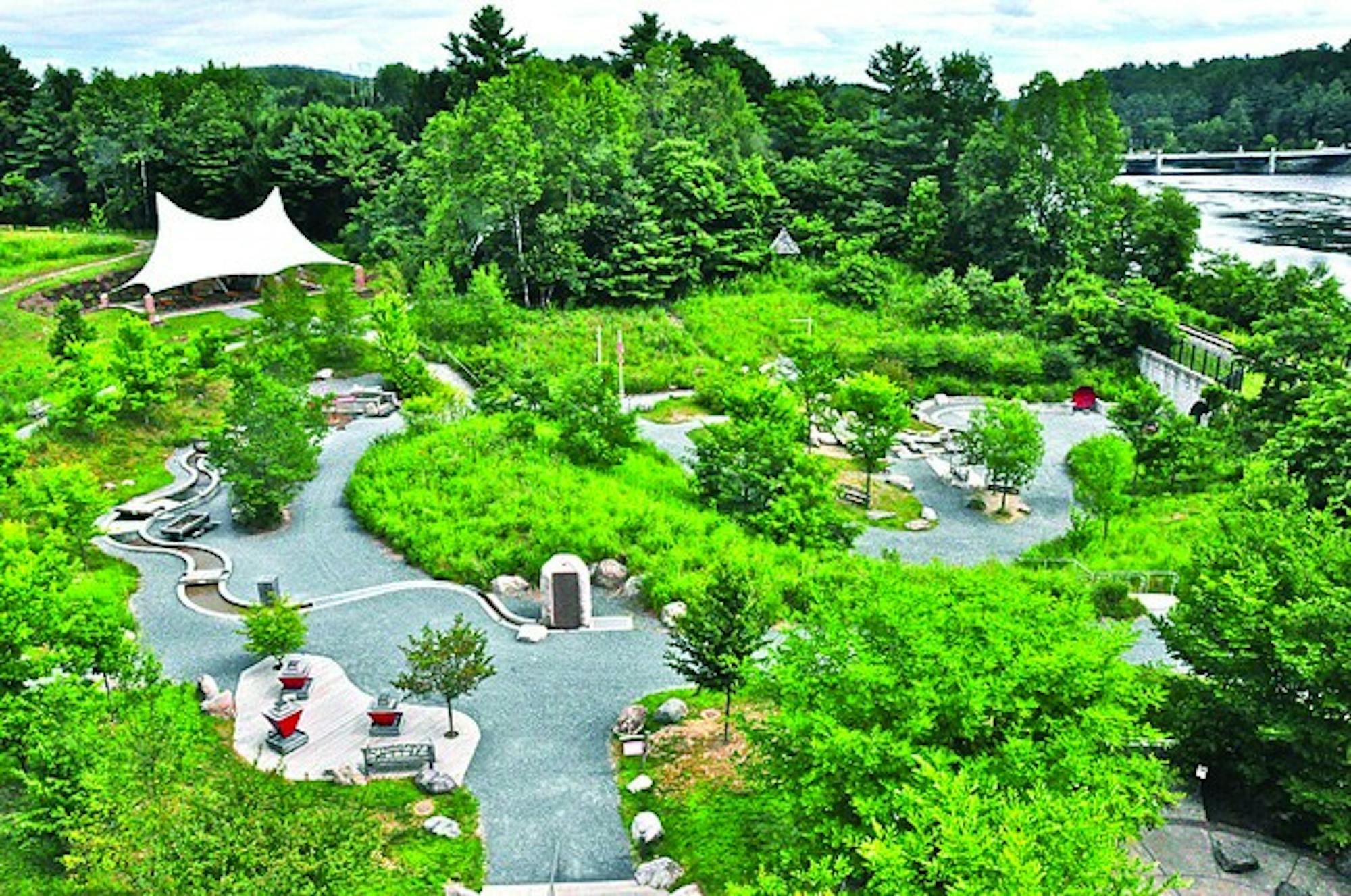The "sLowlife" exhibit is the product of collaborative efforts by the United States Botanic Garden, the Chicago Botanic Garden and Indiana University biology professor Roger Hangarter. The multi-sensory exhibit aims to challenge our perceptions of the natural world around us. Montshire exhibit director Bob Raiselis said that people tend to think of plants as being stationary, when in fact most plants are in near constant though incredibly slow motion. Plants angle themselves differently according to the location of the nearest light source so as to maximize their exposure, according to Raiselis.
"Plants actually do have their own mechanisms for movement," Raiselis said. "They have their own genetics. They have all sorts of interesting things about them that people don't really think about."
"sLowlife" features several time-lapse videos that contain multiple weeks of footage compressed into only a couple of minutes, giving visitors the opportunity to witness the variety of movements plants make that are too slow to be observed in real-time. One of the exhibit's more interactive elements is a transparent plastic case on which visitors are invited to mark the location of the plant inside at a given time. Later, the visitors may return to see how far the plant has traveled.
Even the music that accompanies "sLowlife" contributes to the overall sensory experience of the exhibit. The original compositions, written by Indiana music professor John Gibson, were created using data from the plant studies on which the exhibit was based.
"sLowlife" also features a 1950s-era science video about the motion of plants, which demonstrates the contrast between the ways in which science was historically taught and the methods that modern educators, like those at the museum, currently employ. Beth Krusi, the museum's marketing and communications director, said that the recitation and memorization of facts that used to encompass education led many people to fear and avoid the study of science. In contrast, contemporary science education tends to involve much more hands-on and multifaceted exploration.
"Part of the philosophy of the museum is accessibility," Krusi said. "Incorporating a variety of different learning styles and getting people to talk about things and ask questions it's about the process of learning and inquiry, and it's actually really fun."
"sLowlife" is unique in its ability to connect science and the natural world with art, according to Raiselis.
"We often look for exhibits that have kind of an artistic element to them," Raiselis said. "It's one of those entry points for visitors who connect with things that are intriguing visually, who are good at seeing patterns."
The constant movement of the plants in the "sLowlife" exhibit embodies the modifications that the museum constantly undergoes with its interactive floor exhibits. Each exhibit begins as a prototype that is tested out by visitors who provide feedback, according to Krusi. Even when an exhibit is completed, the museum staff continues to observe the ways in which subsequent visitors interact with it and then make additional modifications accordingly.
"Because we're a fairly small rural area, we want the experience to be able to be different each time you come," Krusi added.
Along with continuous observation and adaptation of exhibits, the Montshire Museum places a heavy emphasis on the importance of discovery. Although staff and volunteer "explainers" are present to answer questions about the exhibits, visitors are encouraged to learn for themselves through personal experimentation with the exhibitions, according to Raiselis.
"Rather than just imparting information, we try to make the experience a little more engaging, a little more interactive, a little more physical at times," Raiselis said.
To create this engaging atmosphere, the museum designs its exhibits so as to maximize the number of ways in which visitors can interact with them.
"We try to incorporate all types of sensory input," Krusi said.
Krusi was quick to dismiss the notion that the creativity and entertainment incorporated in the exhibits means that they were targeted specifically toward children adults often end up getting just as much out of their visit, she said.
"A lot of people mistake interactive' with children,' but it's not," Krusi said.
The Montshire Museum takes full advantage of its surrounding landscape, which features the Science Park, the Woodland Garden, several nature trails and "Grow Native," an exhibit that aims to demonstrate to visitors the benefits of landscaping with native rather than invasive plants.
The Montshire Museum was incorporated in 1974, following the closing of the College's natural science museum. Although it had humble beginnings, originally housed in a local bowling alley, the museum expanded over time, moving to its current facilities in 1989. The name of the museum is a tribute to Vermont and New Hampshire, the two states whose communities are most closely connected to it, according to the museum's website.
The museum currently houses 125 permanent indoor exhibits in addition to various outdoor exhibits. The museum also hosts four to six traveling exhibits per year. "sLowlife," was first brought to the museum on Sept. 15 and will stay through Nov. 25.




